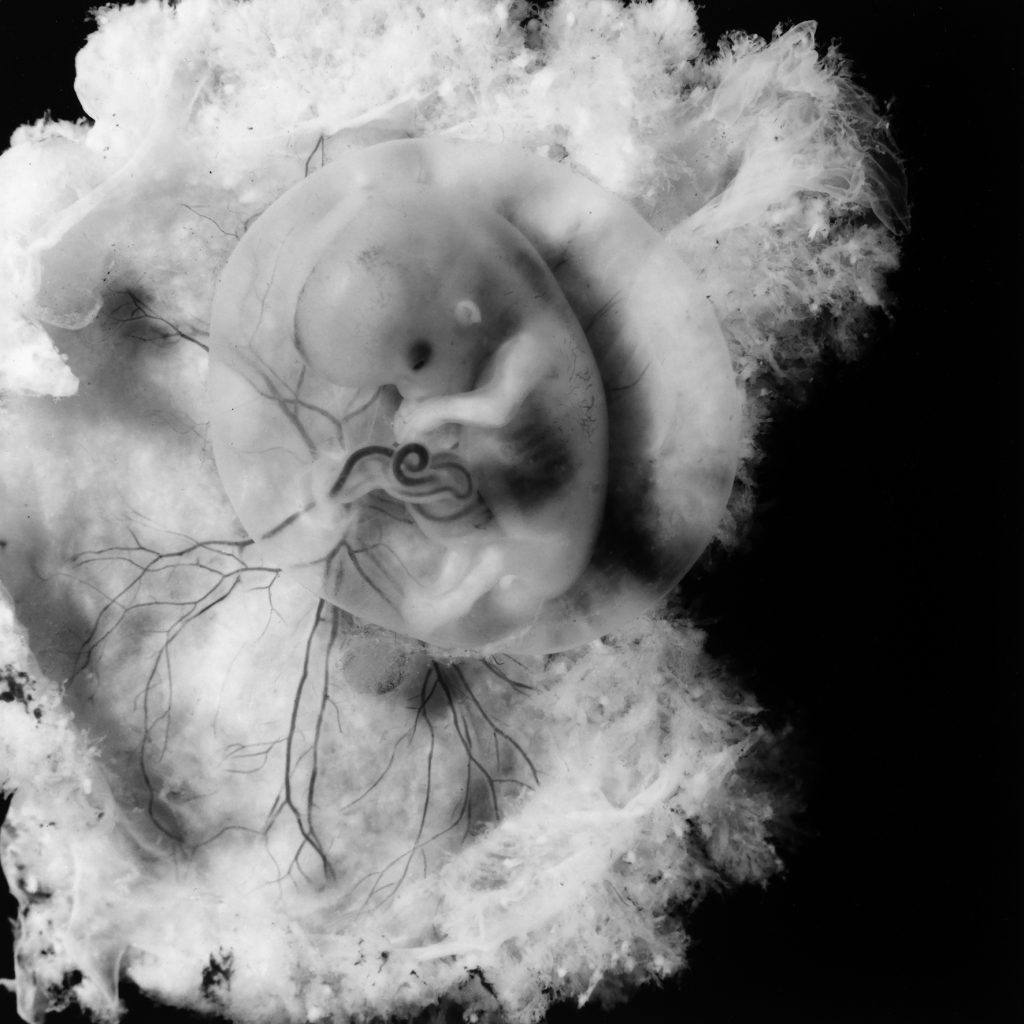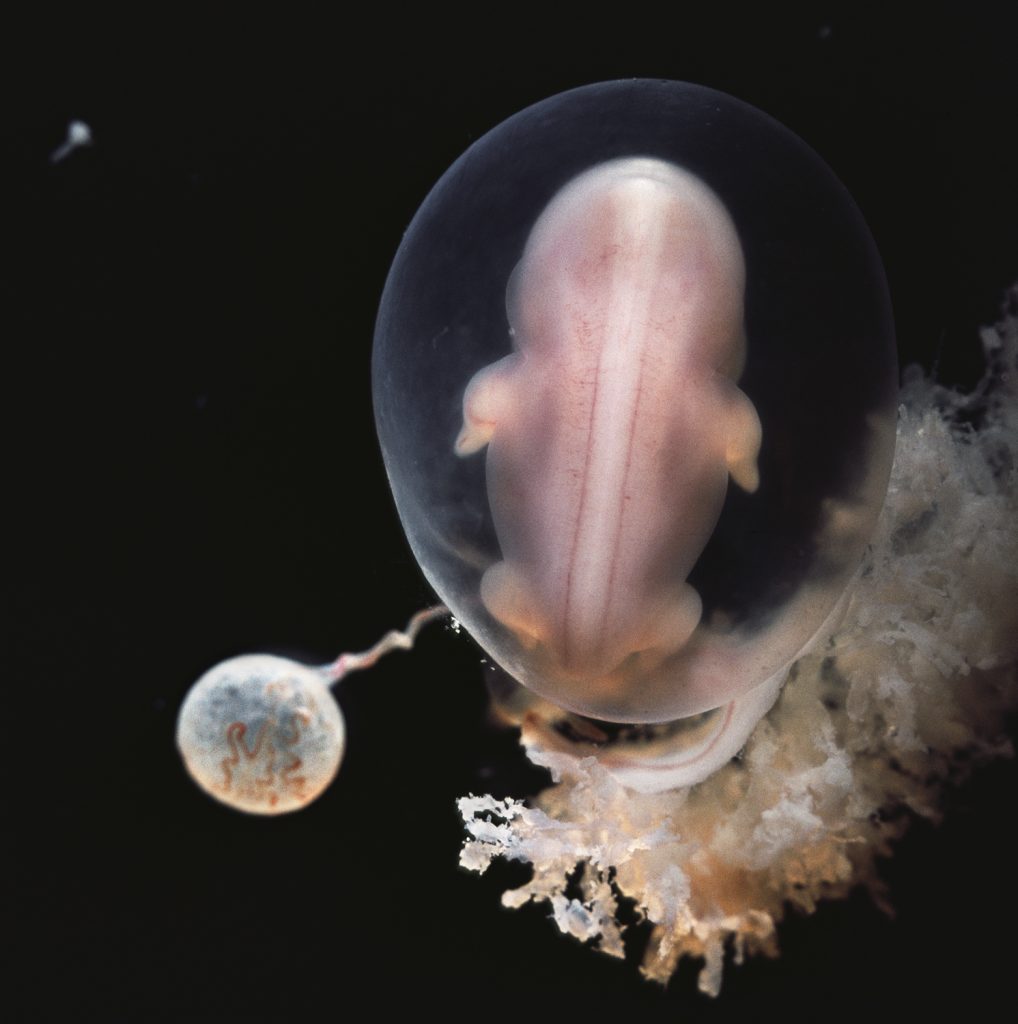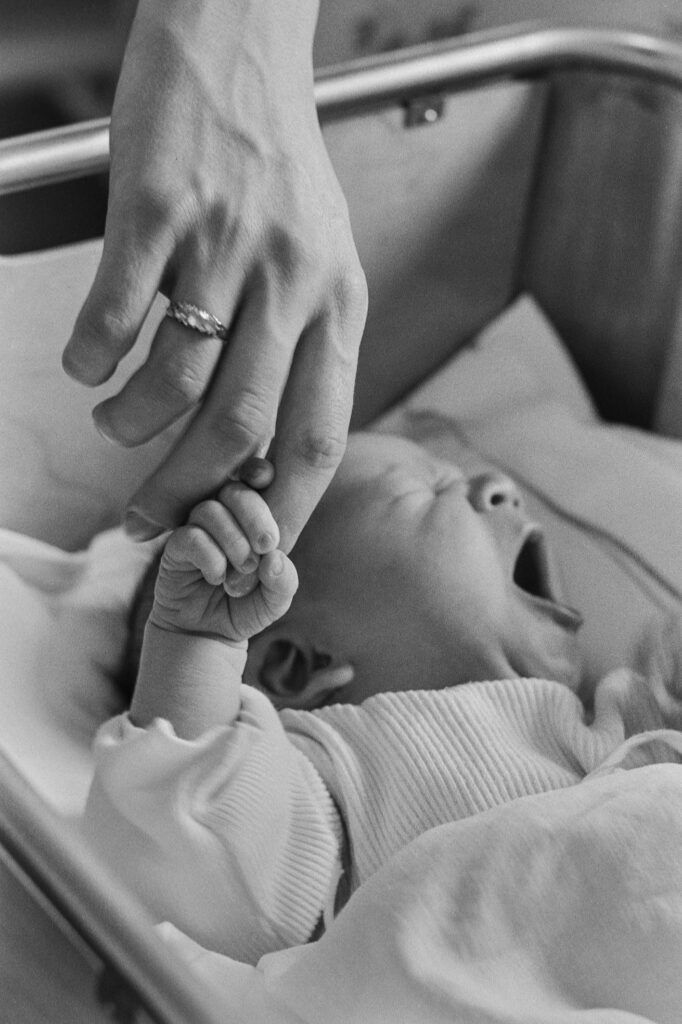Drama of Life Before Birth
Although the international breakthrough was achieved in 1965, the process leading up to it had begun in the early 1950s
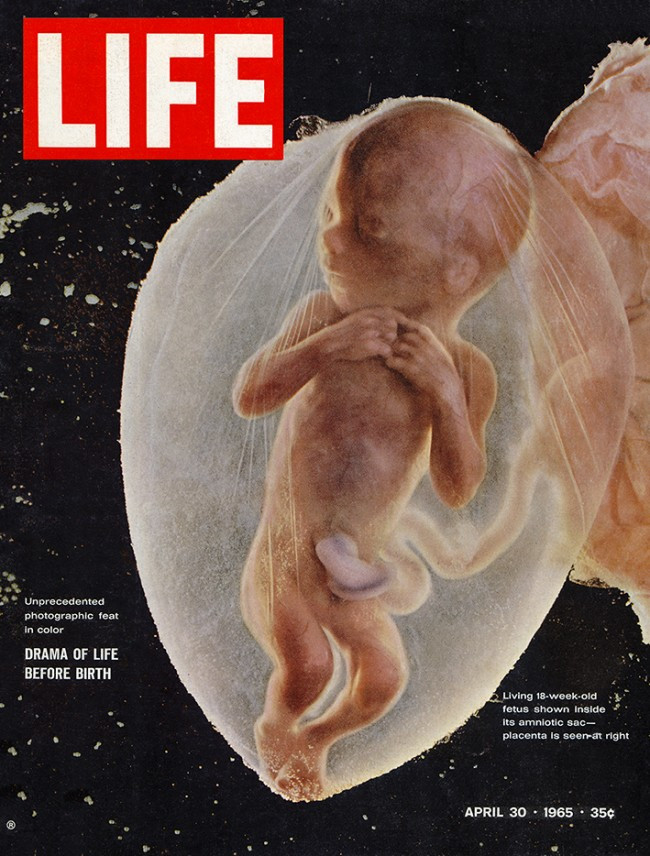
And a human being — a completely ordinary human being! Could there be a nobler subject? Unless it were a world map made of photographs, a map revealing how much we resemble one another despite the fantasies that claim the opposite.
Lennart Nilsson 1954
Lennart Nilsson’s greatest story — the journey of life before birth — actually started with a regular photo assignment at Sabbatsberg Hospital in Stockholm in 1952. At the time, there was a public debate in Sweden about abortion, and that was the topic of the assignment. While at the hospital, he came across a fetus in a glass jar of formalin that was used for teaching purposes. Later, Lennart described the moment as an ‘information shock,’ maybe because he himself was about to become a father
Later that year, he took a portrait of the anti-abortion doctor Wetterdahl for the magazine Se. The doctor let Lennart take a small embryo that was in formalin so he could try photographing it in his studio.
-
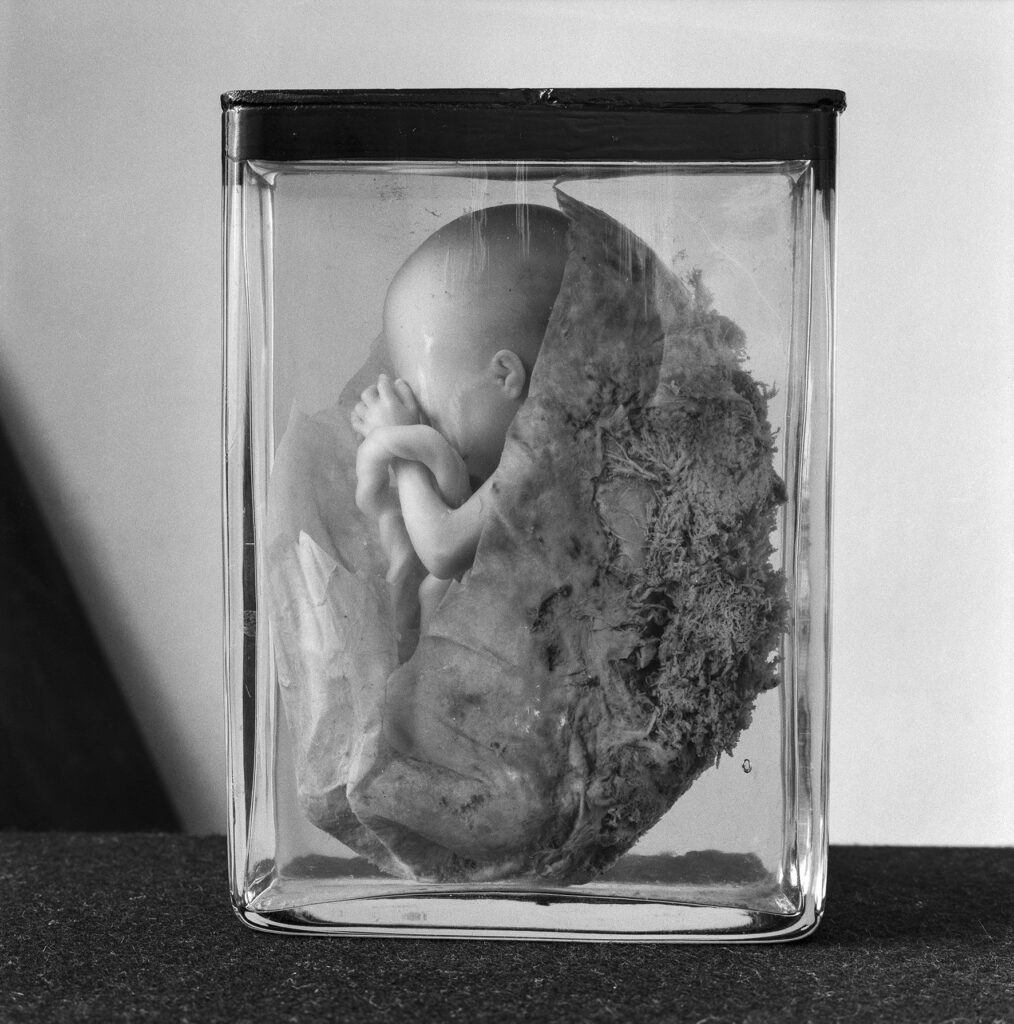
Foster i formalin, Stockholm 1952 ©Lennart Nilsson/SPL -

Per Wetterdahl, överläkare vid Sabbatsbergs sjukhus i Stockholm, 1952 ©Lennart Nilsson/TT
-

Foster i formalin, Stockholm 1952 ©Lennart Nilsson/SPL -

Per Wetterdahl, överläkare vid Sabbatsbergs sjukhus i Stockholm, 1952 ©Lennart Nilsson/TT
In the book Reportage (1955), Lennart described how he went about photographing the embryo:
I photographed a human embryo six to seven weeks after fertilization, when it was only 18 mm long. I placed the specimen in a watch glass with a little liquid in it. Then I set it on top of a glass flask — a small drinking glass can also be used — under which I positioned a Leitz Monla spotlight, a powerful projector that shone strong light straight up through the specimen. This way, I could capture all the details: the cerebral hemispheres, the beginnings of the mouth, nose, and ears, as well as the arms and legs.
Editor Karl-Erik Hillgren and I spent over a week getting the final image. We placed the embryo in the watch glass and supported it with modeling clay to keep it steady during photography. The exposure time for these shots was almost a full minute. I used a yellow filter and orthochromatic plates (9×12) to bring out as much detail as possible in the fetus.
But in the neighborhood, trams ran almost constantly, and the vibrations from traffic caused the building to shake. That was enough to shift the embryo and blur the images.
When Dag Hammarskjöld was appointed UN Secretary-General in 1953, Lennart was tasked with documenting the Swedish diplomat’s journey from the Ministry for Foreign Affairs in Stockholm to the UN building in New York. When he presented the photos of Dag Hammarskjöld to the editors at Life magazine, he also took the opportunity to show them the images of the human embryo.
-
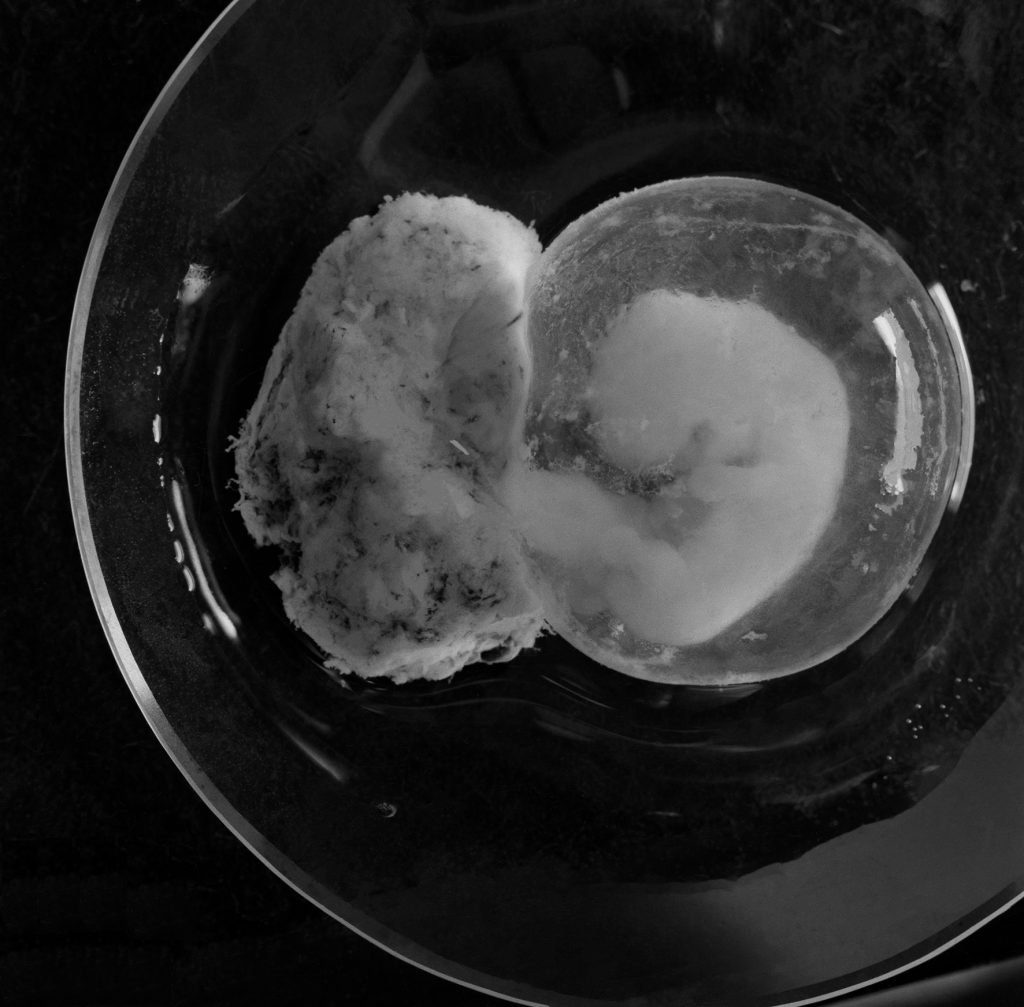
Embryo i formalin, Stockholm 1952 ©Lennart Nilsson/SPL -
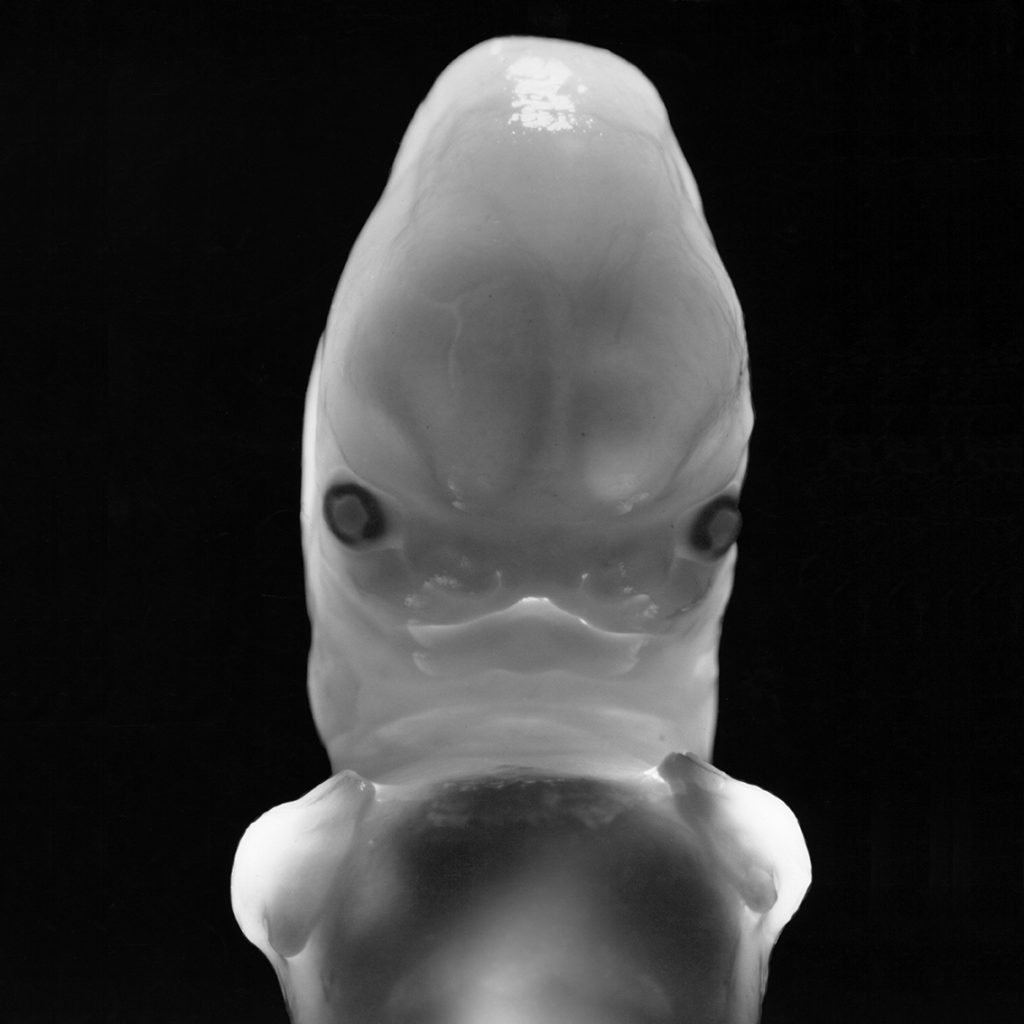
Embryo, 6 veckor, Stockholm1952 ©Lennart Nilsson/SPL -
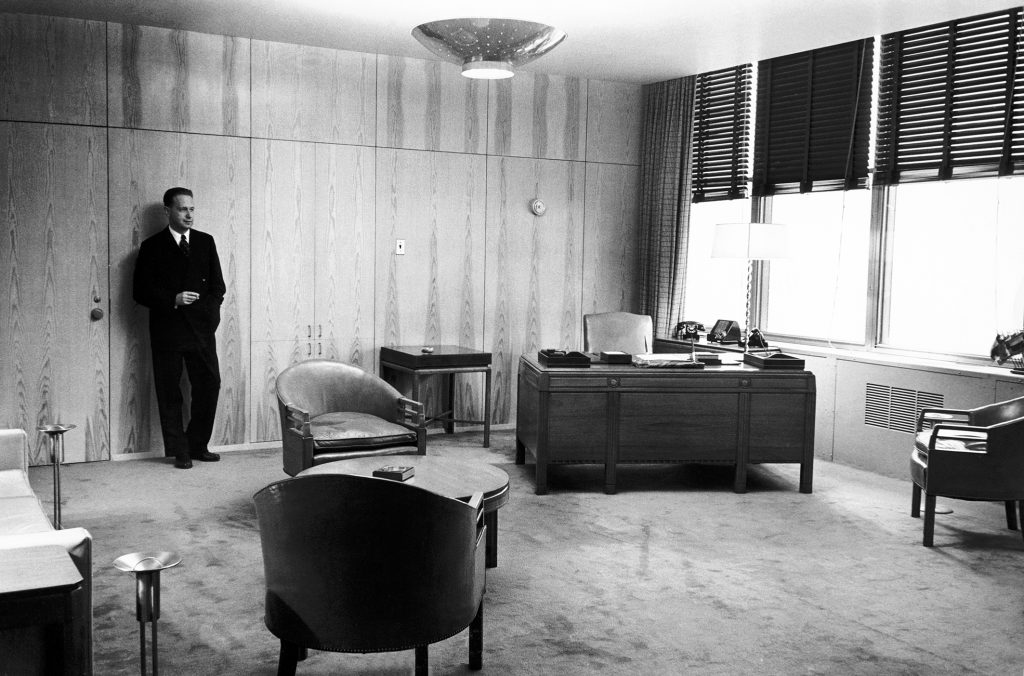
Dag Hammarskjöld på sitt arbetsrum, Förenta Nationernas byggnad i New York 1953. Publicerad i Life magazine 30 april 1953 -
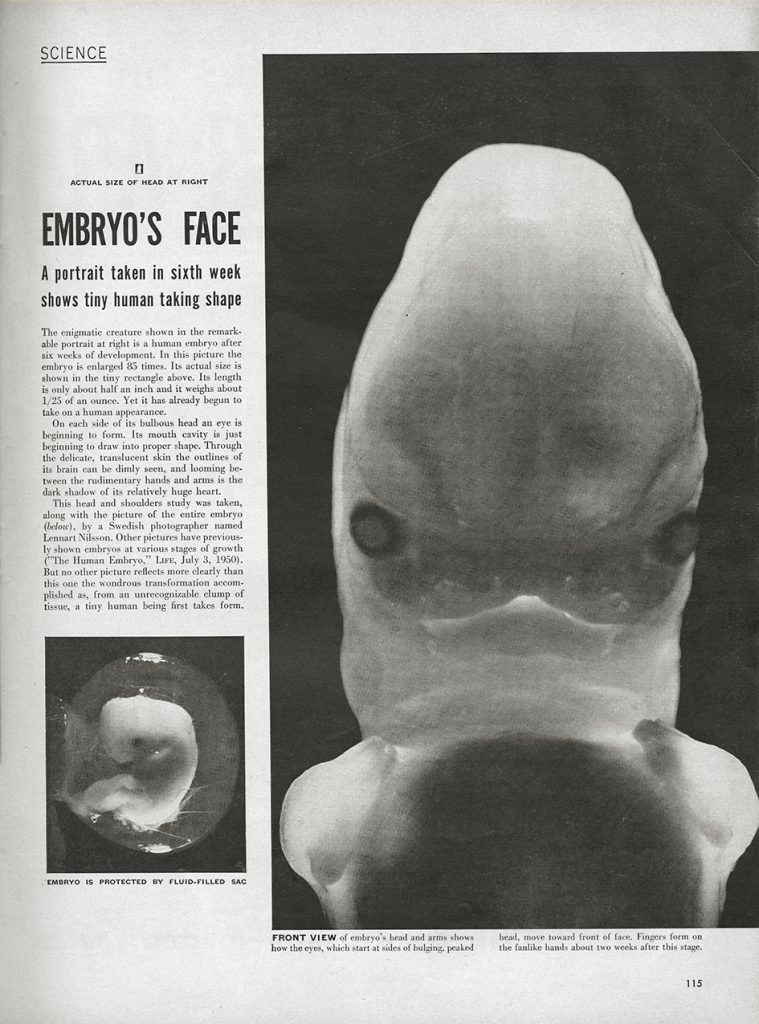
Life magazine, 30 mars 1953
-

Embryo i formalin, Stockholm 1952 ©Lennart Nilsson/SPL -

Embryo, 6 veckor, Stockholm1952 ©Lennart Nilsson/SPL -

Dag Hammarskjöld på sitt arbetsrum, Förenta Nationernas byggnad i New York 1953. Publicerad i Life magazine 30 april 1953 -

Life magazine, 30 mars 1953
Unbelievable! they said at Life. That was exactly what I thought! I didn’t know anything about embryonic development, though, so I had to start my photography project from scratch.
Lennart Nilsson
When the first of Lennart’s embryo photographs was published in Life magazine in 1953, he had neither the contacts nor the technical equipment to realize what he already envisioned would become an extraordinary photographic story. It wasn’t until five years later that he could seriously begin his work documenting life before birth. He learned the necessary techniques and scientific approach while working on the photo essay “Livets födelse”, about life in the sea along Sweden’s west coast.
-

Den engelska versionen av boken Liv i hav -
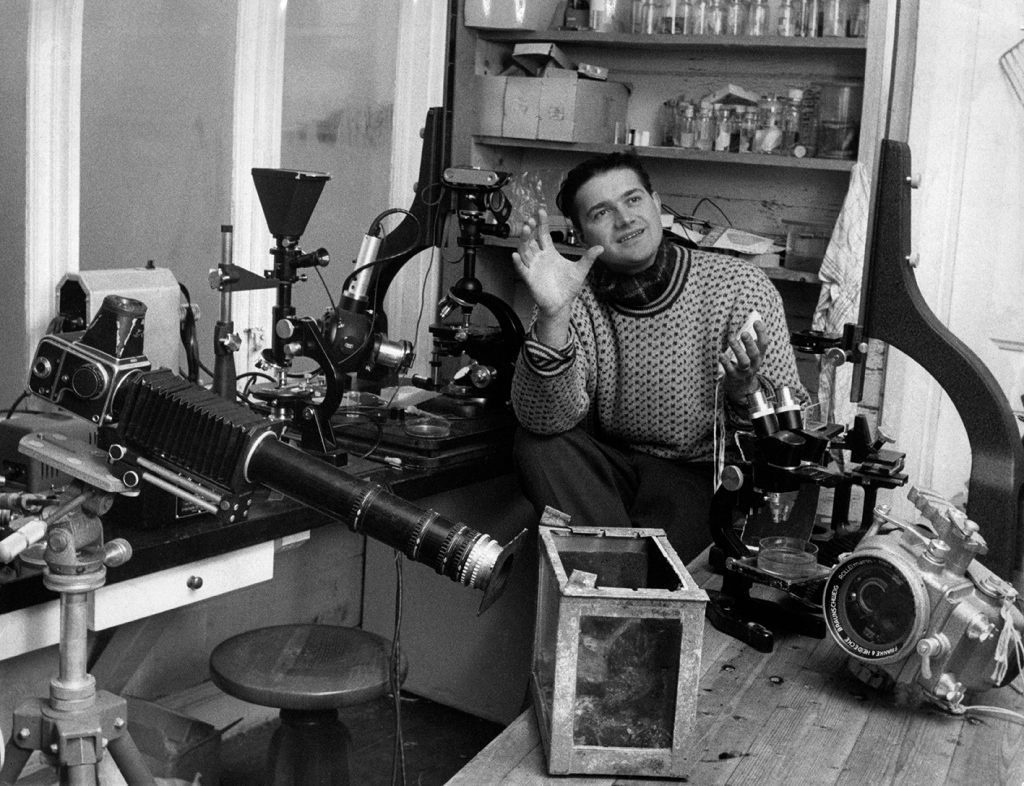
Lennart Nilsson i sitt labb efter arbetet med "Liv i hav" 1958
-

Den engelska versionen av boken Liv i hav -

Lennart Nilsson i sitt labb efter arbetet med "Liv i hav" 1958
When you work on something, you have to keep going and going until you succeed.
Lennart Nilsson
Together with medical experts and in collaboration with five hospitals in the Stockholm area, Lennart spent seven years completing the photo series. The doctors gave him the opportunity to photograph fetuses and embryos from pregnancies that had been terminated for various reasons, such as ectopic pregnancies and abortions. Most of the images were therefore taken outside the woman’s body and not, as many have assumed, inside the uterus. The photographs were taken at a time when this was ethically permissible. Today, regulations are completely different, and a similar project could not be carried out.
In the winter of 1960, some of Lennart’s embryo and fetus photographs were shown in the exhibition “Läkaren och livet” (The Doctor and Life), held in connection with the 150th anniversary of the Karolinska Institutet in Stockholm. Around that time, the idea also arose to create a handbook for expectant parents.
-
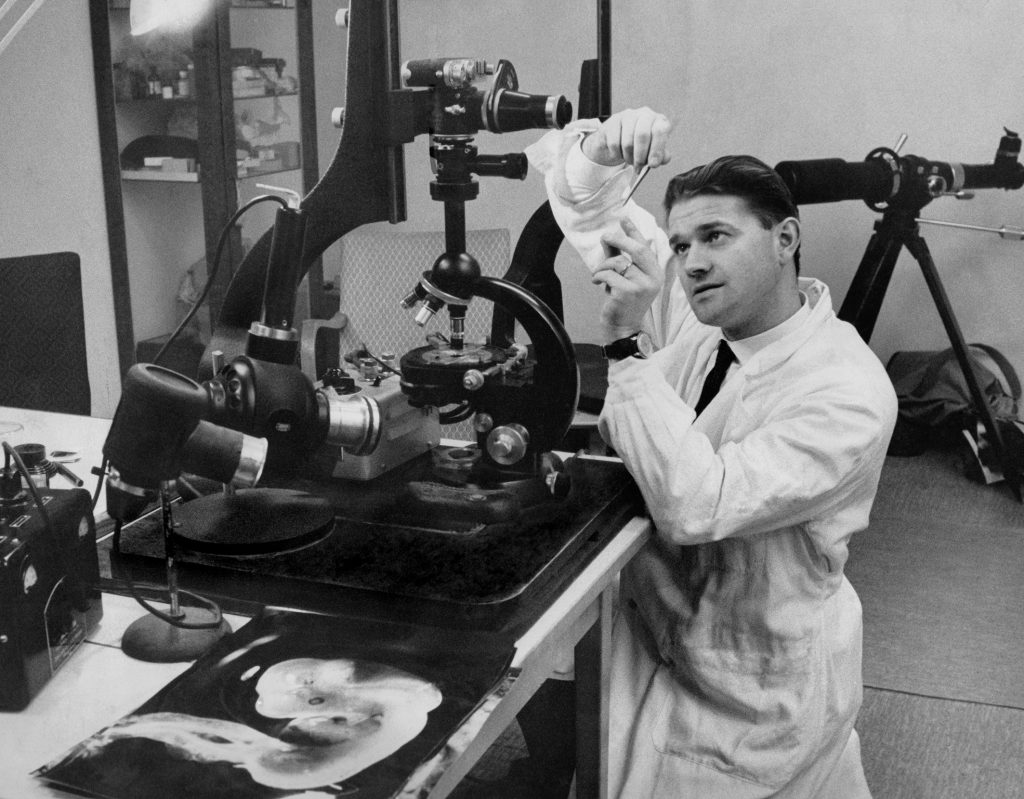
Lennart Nilsson på sitt labb i Stockholm, 1958. © Lennart Nilsson/SPL/TT -
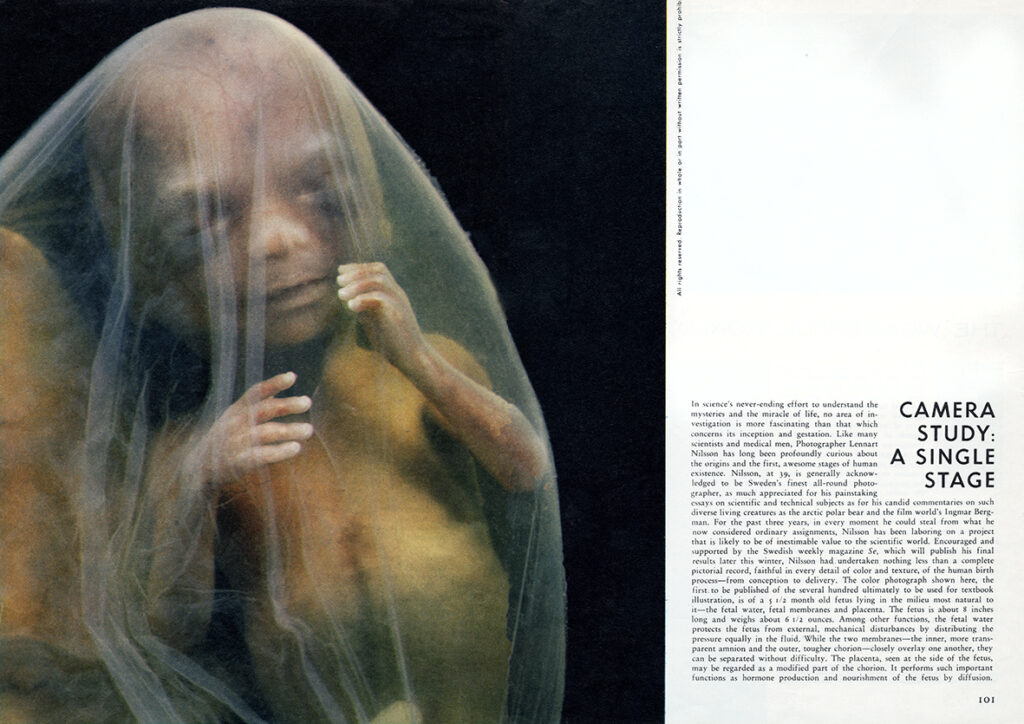
Industria International 1961 -
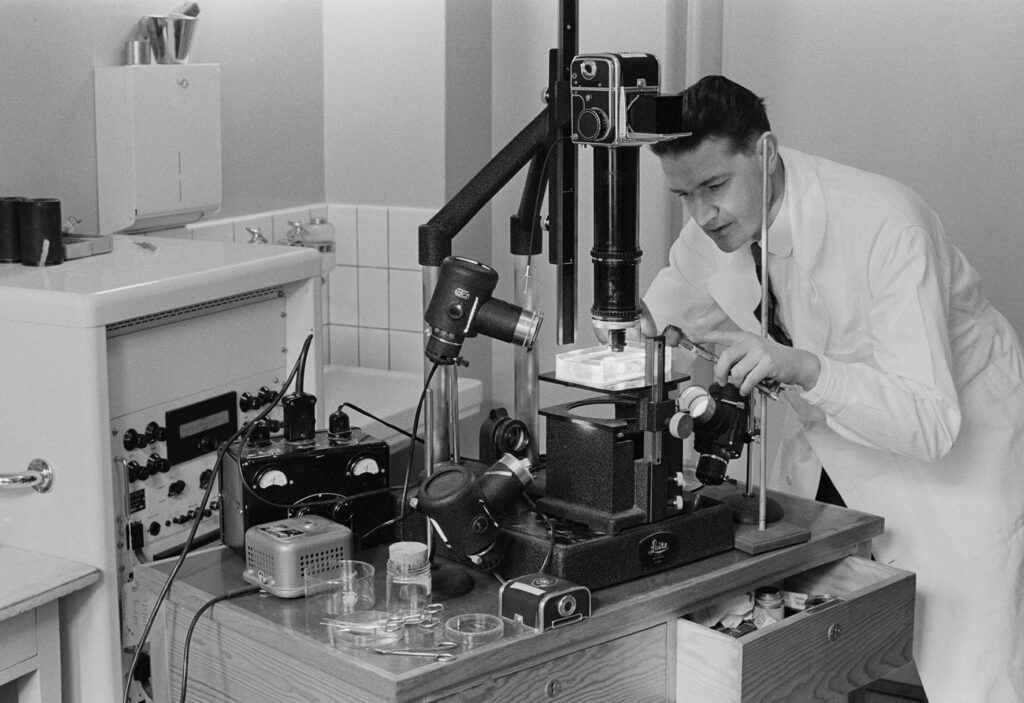
Lennart Nilsson i sitt arbetsrum på Sabbatsbergs sjukhus i Stockholm 1965. ©Lennart Nilsson/TT/SPL
-

Lennart Nilsson på sitt labb i Stockholm, 1958. © Lennart Nilsson/SPL/TT -

Industria International 1961 -

Lennart Nilsson i sitt arbetsrum på Sabbatsbergs sjukhus i Stockholm 1965. ©Lennart Nilsson/TT/SPL
In 1965, Life magazine published “Drama of Life Before Birth”, and the entire issue sold out in just a few days. On October 1 of the same year, the first edition of the book Ett barn blir till (A Child is Born) was released by Albert Bonniers Publishing in Stockholm. Over the years, the book has been translated into more than 20 languages and published in six different editions.
-

Ett barn blir till, 1:a editionen 1965 -
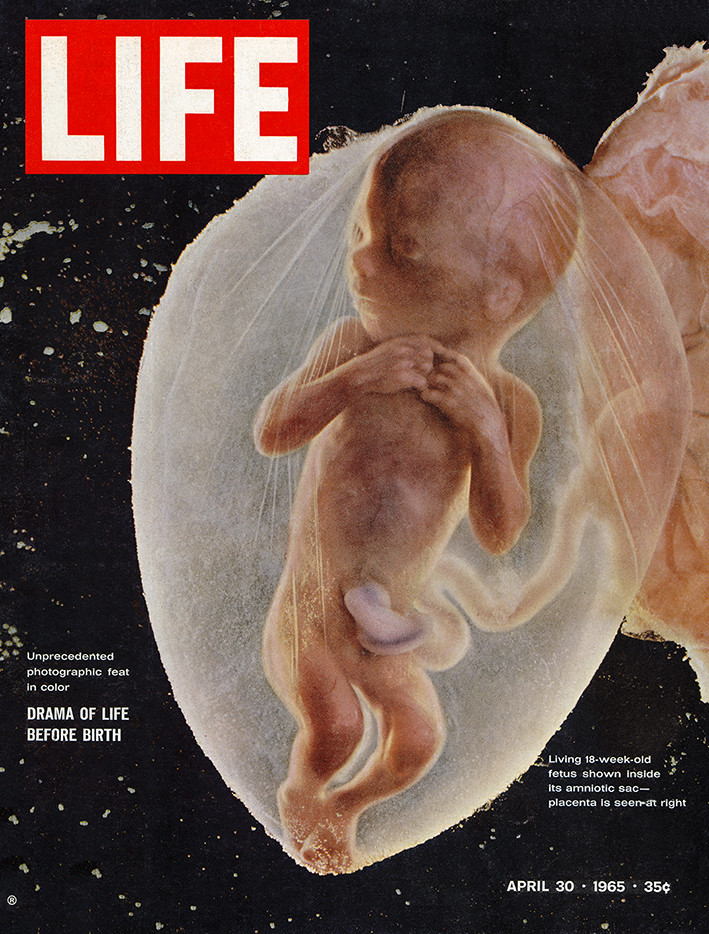
Life magazine 30 april 1965 -
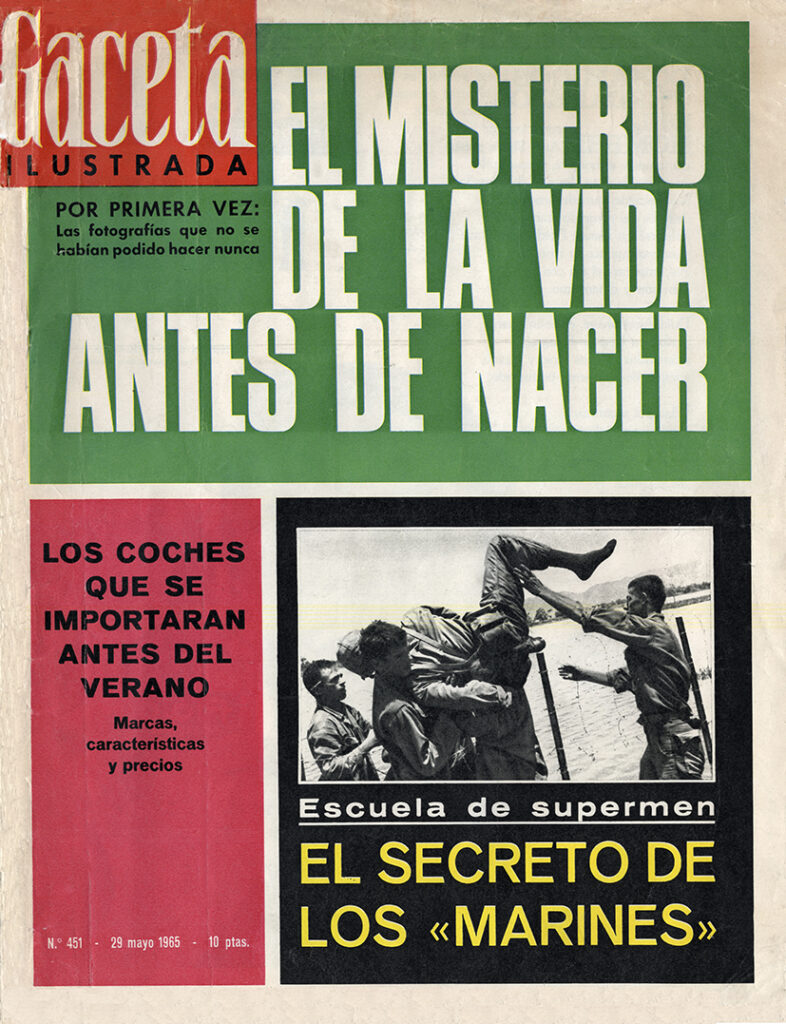
Gaseta Ilustrada 29 May, 1965 -
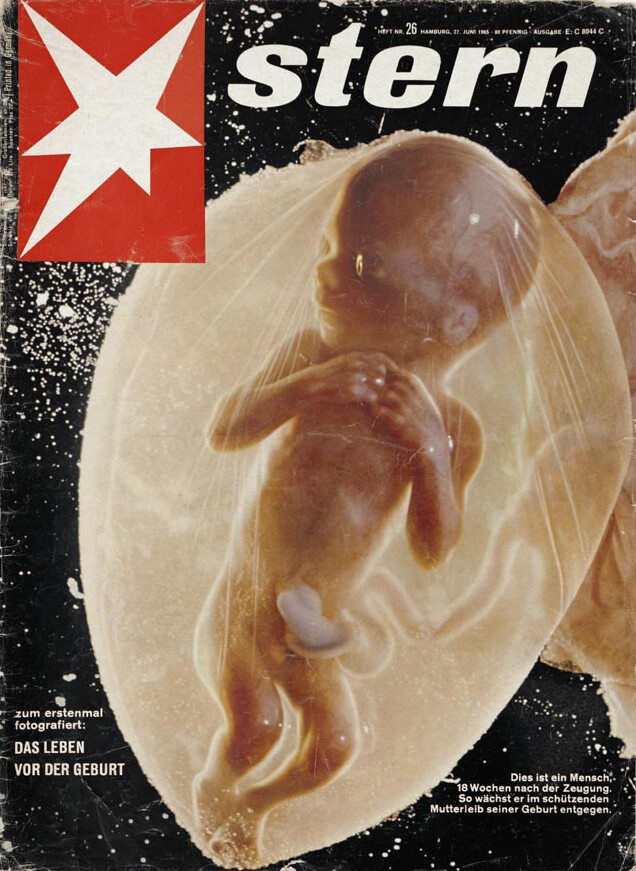
Stern 27 juni 1965 -
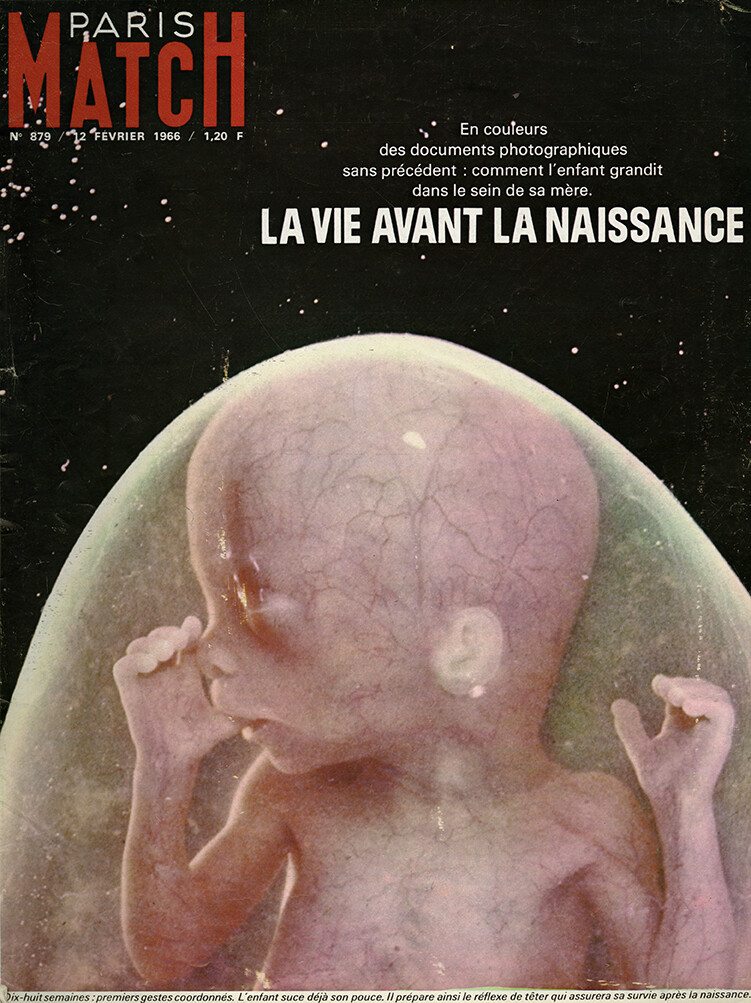
Paris Match 12 februari 1966
-

Ett barn blir till, 1:a editionen 1965 -

Life magazine 30 april 1965 -

Gaseta Ilustrada 29 May, 1965 -

Stern 27 juni 1965 -

Paris Match 12 februari 1966
”Ten years ago a Swedish photographer named Lennart Nilsson told us that he was going to photograph in color the stages of human reproduction from fertilization to just before birth. It was impossible for us not to express a degree of skepticism about his chances of success, but this was lost on Nilsson. He simply said, “When I’ve finished the story, I’ll bring it to you”. Lennart kept his promise. He flew into New York from Stockholm and brought us the strangely beautiful and scientifically unique color essay in this issue.”
(George P. Hunt, Editor-in-chief Life Magazine April 30, 1965)
The translation from Swedish is made by ChatGPT
